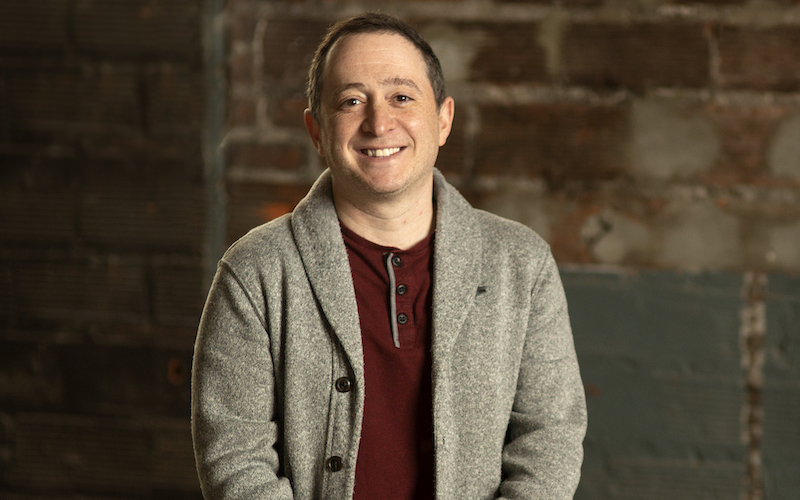
Since Jonathan Bender moved to Kansas City from Brooklyn, New York, in 2007, he’s been telling stories about barbecue.
He’s written extensively about barbecue. He’s produced documentaries about it. And in spring 2025, he’s partnering with Local Pig chef Alex Pope to open the Museum of BBQ on the second floor of Crown Center.
We spoke with Bender about his background in barbecue and what we can expect at the museum.
Conversation edited for length and clarity.
Brooklyn is an interesting place for a barbecue expert to come from. What’s your history in barbecue?
I started my career here as a food writer, and a lot of what I covered was the burgeoning food scene in Kansas City, which naturally included barbecue. I also became certified and judged the American Royal World Series of Barbecue and discovered that the stories that pitmasters told and the way barbecue has infused itself into Kansas City’s culture was really engaging and dynamic and made me want to learn more.
I went on to work as the food editor at Kansas City Public Television where, with producer Cole Blaise, I created a documentary called Burnt Legend that was about the iconic food dish of Kansas City in burnt ends. It was really both enriching and satisfying but also showed me how barbecue is really about sharing and bringing community together. And I was craving that in-person connection.
The museum was an idea that originally launched pre-pandemic. It was kind of put on pause when the world was put on pause, but to have the opportunity to revisit it in 2025, I feel really grateful and excited to see it come to life.
That’s an interesting journey—from writer to certified taster to documentarian to museum founder. How did the museum come together?
For me, I’ve come to realize that stories have a way of being told in the right fashion. So, some stories you want to read, some you want to look at pictures, some you want to watch a video. As I started to think about barbecue, I realized there was an opportunity for a museum—especially in Kansas City, which serves as a gateway to barbecue for a lot of people, both visiting and a matter of hometown pride.
We’re also a kind of melting pot of barbecue in Kansas City. When you look at menus, you can see influences from Tennessee and Texas, and we do so many different kinds of meats, which is not always the case, as you’ll see, with other regions in American barbecue.
With the museum itself, I really saw it as a way to put people into the world of barbecue literally, and then teach them about how barbecue gets its flavor and why place matters, and then after that set them loose. They can go experience the barbecue restaurant on the first floor or any of the 90 or 100 plus barbecue restaurants in the region.
I love the idea that this is going to make you hungry. When you learn about food, read about food, you have your senses engaged with smell and touch—you’re going to want to eat afterwards.
What are some of these exhibits going to be like? How are they going to activate the senses?
We want to surprise you, right? So, as we take you through the elements, think about how a bill becomes a law—it’s how meat becomes barbecue. So, we’ll start you in the meat room, then work you into spice and rub, and then wood, fire, smoke, and then sauce. You’ll have the ability to have sensory experiences with spices, or to actually play in our bean pit, which is a giant ball pit in the shape of beans.
This, I think, in the recent expansion of the definition of a museum—the idea of experiences that are designed for you to be able to touch and interact with exhibits—I think that’s how people want to learn, and also, it brings things to life in a way that’s fresh and current.
What are the essentials of a barbecue museum in Kansas City?
A really nice thing is the opportunity to not only talk about Kansas City but to educate people about the other regions. I think if we can introduce the foundational concept of the elements of barbecue, and then talk about the regional differences in a meaningful way, that’s what both has value to the folks who live here in Kansas City but also [to] people who are visiting Kansas City.
This isn’t just a Kansas City barbecue museum, it’s a museum dedicated to barbecue that is in Kansas City for a very intentional reason.


